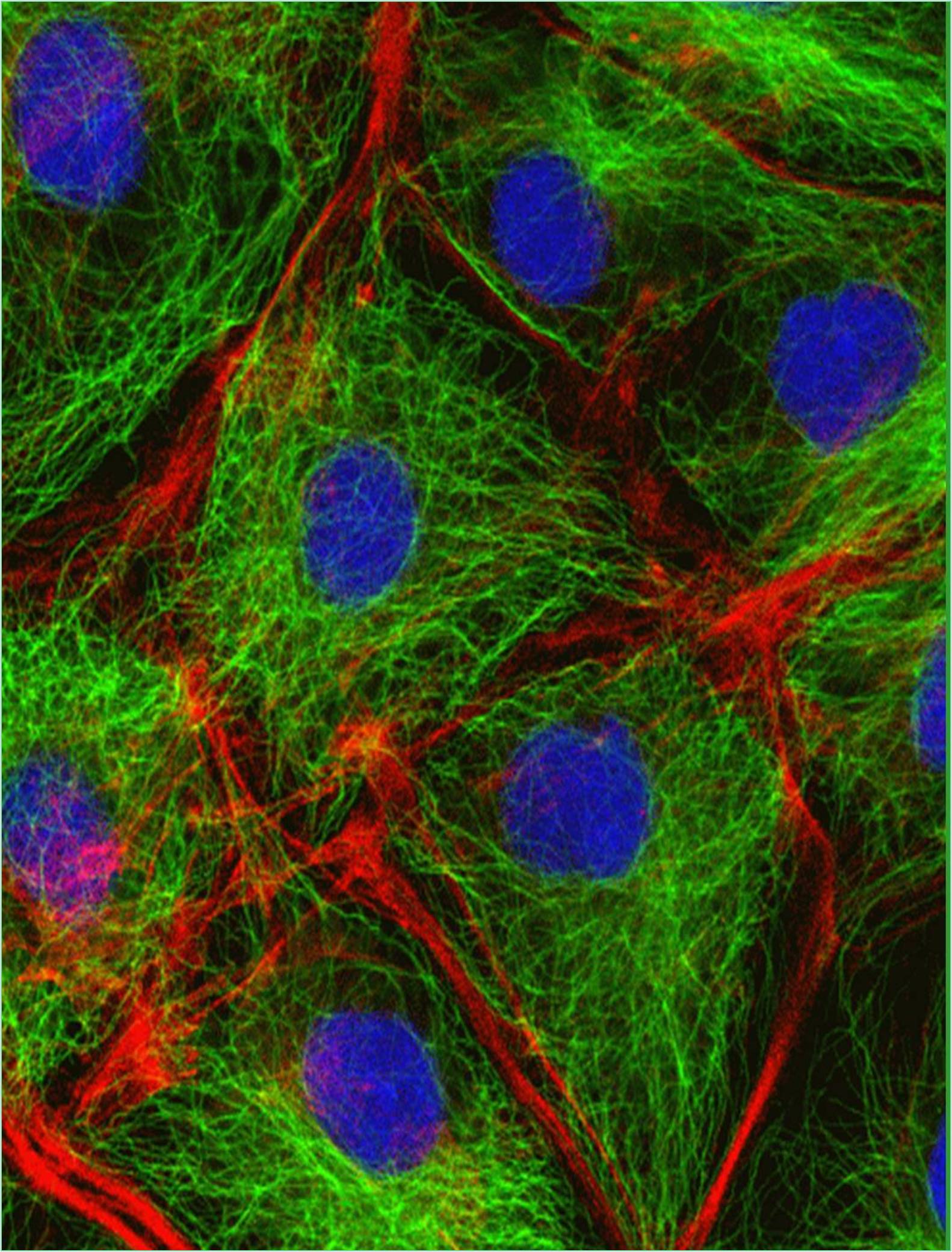



Received: 02-Feb-2022, Manuscript No. GJCMB-22-65818; Editor assigned: 04-Feb-2022, Pre QC No. GJCMB-22-65818 (PQ); Reviewed: 18-Feb-2022, QC No. GJCMB-22-65818; Revised: 25-Feb-2022, Manuscript No. GJCMB-22-65818 (R); Published: 04-Mar-2022, DOI: 10.15651/gjcmb.22.10.005
DNA Polymerases are a group of enzymes that catalyze the synthesis of DNA during replication. Arthur Kornberg was the first person to purify and characterize DNA polymerase from E. coli. This is a single-chain polypeptide now known as DNA Polymerase I. Scientists have now discovered five DNA polymerases in E. coli.
The main function of the DNA polymerase is to synthesize DNA through the replication process. This is an important process of acquiring and transmitting genetic information from one generation to another. DNA polymerases work in pairs and replicate two DNA strands in tandem. They add deoxyribonucleotides to the 3 OH groups of growing strands of DNA. Due to their polymerization activity, the DNA strand grows in the 5`→ 3` direction. Adenine is paired with thymine and guanine is paired with cytosine. DNA polymerase cannot initiate the replication process and requires a primer to add to the nucleotide.
DNA polymerase III is the major enzyme involved in prokaryotic replication. In eukaryotes, DNA polymerase δ is the major enzyme involved in replication.
The replication process is a difficult task and it is important to maintain the integrity of the genome. Apart from replication errors, DNA repair is an ongoing process that corrects genomic errors due to DNA damage. There are several mechanisms by which DNA is repaired.
DNA replication is not perfect and an error occurs every time 104-105 nucleotides are added. Removing the wrong nucleotide sequence or mismatched nucleotides from the newly synthesized strand is very important for the protein to function, which can even lead to cancer. DNA polymerase removes mismatched pairs through exonuclease activity. They take a step back and removemismatched pairs by 3`→ 5` exonuclease activity. This is called calibration.
DNA polymerase is also involved in the post-replication DNA repair process and in trans-lesion synthesis, where the DNA polymerase copies the unrepaired portion of DNA that impedes replication.
The structure of most DNA polymerases resembles a hand with an active center. The active site of an enzyme consists of two parts. Nucleotides are added at the insertion site. After addition, the newly formed base pairs migrate to the site after insertion.
Types
A prokaryotic polymerases include DNA polymerase I (Pol I) enzymes, which are encoded by the polA gene and are widely distributed among prokaryotes. This repair polymerase is involved in the processing of Okazaki fragments generated during break repair and delayed strand synthesis with 3'-5' and 5'-3' exonuclease activity. Pol I is the most abundant polymerase, accounting for >95% of polymerase activity in E. coli. However, cells lacking Pol I were found, suggesting that Pol I activity could be replaced by four different polymerases. Pol I adds ~1520 nucleotides per second, indicating poor fairness. Instead, Pol I begin adding nucleotides to the RNA primer template junction, known as the origin of replication (or) about 400 bp. Downstream of the source, the Pol III holoenzyme assembles and takes over replication with the high speed and nature of the process.
DNA polymerase II: The DNA polymerase II is a family polymerase B encoded by the POLB genome. The POL II has 3 exonuclease activities and participates in DNA repair and replication restarts the lesion by bypass and the presence of cells can be moved to ~ 200-300 cells by 200-300. POL II is also considered a backup of pol III,which can interact with holoenzyme protein and includes a high level of procedure. The main role of POL II is believed to be regarded as the ability to organize the activity of polymerase on the cloning plug and to help to swallow the mismatch of the POL III terminal.
DNA polymerase III is the major replication enzyme of E. coli . It is encoded by the polC gene. Polymerization rate and fairness are maximum for DNA Polymerase III. It also has corrective exonuclease activity 3`→5`. E. coli DNA polymerase III is composed of a total of 13 subunits and there are 9 types of subunits. It consists of two main domains, consisting of subunits α , ∈and θ . It is attached to a γ complex or clamp complex with 5 subunits τ2.
Additional subunits χ and ψ are attached to the loading complex. The subunits form two clamps, each with a dimer. They increase the progression of DNA polymerase III.
DNA polymerase IV is encoded by the dinB gene. Its main role is to repair DNA during the SOS response when DNA replication is stopped at the replication fork. DNA polymerases II, IV and V are transfusion polymerases.
DNA polymerase V is also involved in transfusion synthesis during the SOS reaction and DNA repair. It consists of UmuC monomer and UmuD dimer.